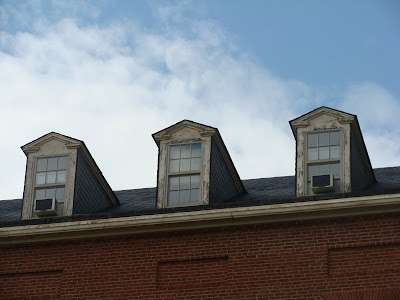
As an unabashed and unrepentant Francophile, it is my pleasure to acknowledge today the 220th anniversary of
the Storming of the Bastille. Though I'm happy to endorse the principles of liberty, equality and fraternity, I'll admit that some of the events of the French Revolution were inimical to these principles. Many people suffered in the years following 1789, and many lives were lost (including those of thousands of Catholic priests and religious who suffered religious persecution meted out by the new government). Just as one can proudly celebrate the Fourth of July without endorsing everything that the United States government has ever done, one can proudly celebrate Bastille Day without embracing all of the consequences of the French Revolution.
As Paul Brian Campbell suggests on his blog
People for Others, today's holiday provides an opportunity to give thanks for the considerable contributions that the French nation and French culture have made to the good of humankind. You can take my word on this, or you can read
what Pope John Paul II had to say to President Jacques Chirac on the occasion of a papal pilgrimage to Lourdes in August 2004:
I joyfully recall my previous visits to France and gladly take this opportunity to pay homage to the great patrimony of culture and faith which have marked her history. I cannot fail to mention the great Saints who came from this land, the outstanding masters of Christian thought, the schools of spirituality and the many missionaries who left their homeland in order to carry throughout the world the message of Christ the Lord. And I look with confidence to the Christian community of today, which generously takes up the call to enrich our own times with the wisdom and hope that come from the Gospel.
With respect for the responsibilities and competences of all, the Catholic Church desires to offer society a specific contribution toward the building of a world in which the great ideals of liberty, equality and fraternity can form the basis of social life, in the tireless pursuit and promotion of the common good.
This Bastille Day, I pray for God's blessings upon the people of France. As they remember and celebrate their history, I pray that they may also heed the call to work for a better future for themselves and for all the world.
Vive la France! AMDG.


















